
Anyone who has seen a casino movie has seen people winning or losing big at blackjack. If you’ve been wondering how you can be part of the former group, then you’re in luck. We’ve created the most comprehensive guide to blackjack strategy. And don’t worry, this doesn’t involve counting cards like some math wizard. While you can’t always win big in Blackjack, by following these easy strategies, the next time you play, you can play with confidence!
BASICS OF BLACKJACK
In order to understand the strategies, you also have to understand the basics of the game. Blackjack is a banking game where you play against a “banker” or dealer. The object of the game is to create a hand as close to 21 without going over 21, similar to Pontoon. You must be closer than the dealer in order to win.
The dealer deals out two cards to each player and then to himself. The dealer’s second card will be face-down. You can then decide to take another card or to stay as you are.
Once everyone has made their choice of taking a card or sticking with their own, the dealer can flip their second card face up. Any players who have a higher hand than the dealer win. Unless the dealer has 21, then everyone loses. Of course, this is a quick overview of the game rules. You can see our article on the rules of blackjack for a more in-depth guide.
BLACKJACK STRATEGY CHART
We’ve created a cheat sheet for you to look at, which shows you the optimal way to play. This is dependent on what cards you get and what card the dealer is showing.

Memorize this chart to help you in future games. It won’t make you win every time, but it will help you play in a much better way. Feeling a bit lost? Let’s go over some of the lingo.
- Bust – When you go over 21. If you bust, you automatically lose.
- Hit – Asking for an additional card.
- Stand – Asking for no additional cards.
- Double down – You place an additional bet equal to your first bet after getting your first two cards. You can only get one more card, and you can not hit afterwards.
- Split – When you get two equal cards, you can split them into separate hands by placing an additional bet equal to your first. For example, you bet $10 and get dealt two eights. You can bet an additional $10 and have two hands each with an eight.
- Surrender – This is when you give up before the dealer flips their card. If you surrender, you flip your cards over, and you can recover half your original bet. Many places don’t offer this option, so be aware.
The terms for the cheat sheet are as follows:
- H – Hit
- S – Stand
- P – Split
- D/H – Double down if possible, otherwise Hit.
- D/S – Double down if possible, otherwise Stand.
- P/H – Spit if Double Down after split is possible, otherwise Hit.
- R/H – Surrender if possible, otherwise Hit.
BEST STRATEGIES FOR BLACKJACK
Blackjack, or 21, or as it is also known, is an extremely tactical game, with each move having a drastic impact on every play. Those who understand odds and probabilities can devise a strategy for the numerous outcomes from the cards drawn and determine whether it is better to hit or stand. Naturally, some not-so-straightforward rules can elevate your game from novice to shark.
Here are 15 blackjack tips that will elevate your game no matter what type of blackjack you play.
1. LEARN BASIC STRATEGY

Ok, this is an obvious one, but it is the basic foundation of a strong blackjack player. Read the chart above again and again until you have memorized the basic strategy. As we said before, this is only going to help your gameplay.
2. TABLE RULES
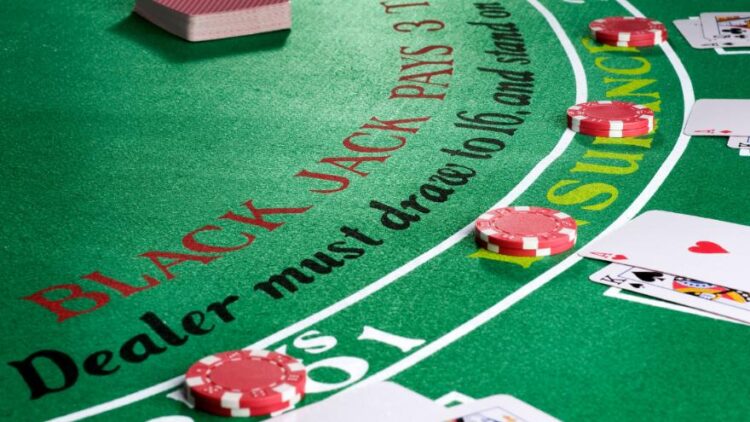
This is quite an important tip as well. You need to know the rules of the table you’re playing at, as they will all be different. You want the one that will have rules that will help you, such as tables playing with only one deck or tables that allow you to surrender.
3. SURRENDER
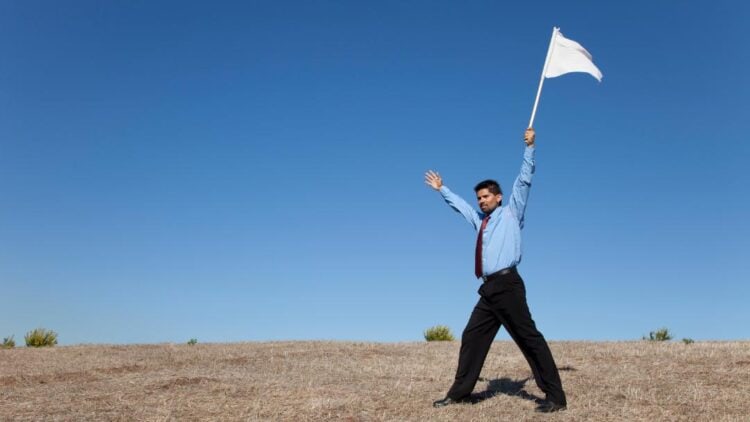
Now, I know what you’re thinking, “How can giving up get me to win?”. As the famous Chinese strategist Sun-Tzu once said, “Move only if there is a real advantage to be gained.” If your hand is terrible and the dealer looks too strong, you can surrender and get half your wager back. Blackjack is about the long game, and sometimes, it is better to have something to wager down the road. This can vary in each casino, and if the dealer has 21, you may not be able to.
4. DOUBLE DOWN
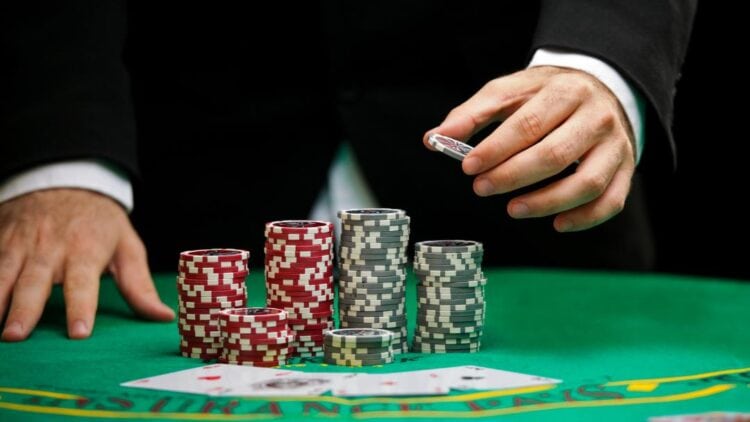
This may be a phrase you’ve heard a million times before without knowing what it is. When you receive your first two cards, if the rules permit, you can double your original wager. Upon doing this, a card is placed on your original deal, and you can no longer act on this hand. If you win, it’s exactly what it says on the tin, you win double. Also, this is a variable in each casino, so it’s important to know where you stand first. Most will allow doubling on any cards, and some may require a hard total of 9, 10, or 11. Also, in a lot of casinos, they will allow you to double on a split, which we will get on to next.
5. SPLITTING

Splitting can become your best friend in blackjack if done correctly. On the deal, if you have cards of the same value, you are given the option to split them. You just need to place a second bet, and the dealer immediately plays you a second card for each. Essentially, you are playing with two hands and can hit or stick with either. Some casinos will let you split again if you draw another pair. However, if you split an ace, you must stick.
6. NEVER SPLIT 10’S
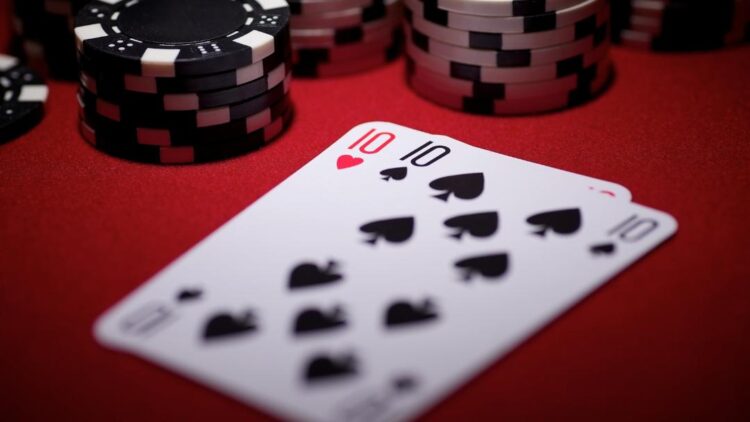
This is a very basic strategy in Blackjack. You should never split when you have two 10s. This may seem like a good idea, but you are risking losing double your money on a worse hand. On the other hand, you can stand since you already have a 20, which is an amazing hand in blackjack.
7. ALWAYS SPLIT ACES AND EIGHTS

This is another of those basic rules. Yes, it will require another bet, but your chances are much better. Two eights will give you a 16, so hitting is risky, and so is standing. The Aces will either give you a two or a soft 12, which are not very good at all. Splitting is your best option, no matter what the dealer is showing.
8. NEVER DOUBLE DOWN ON 4’S
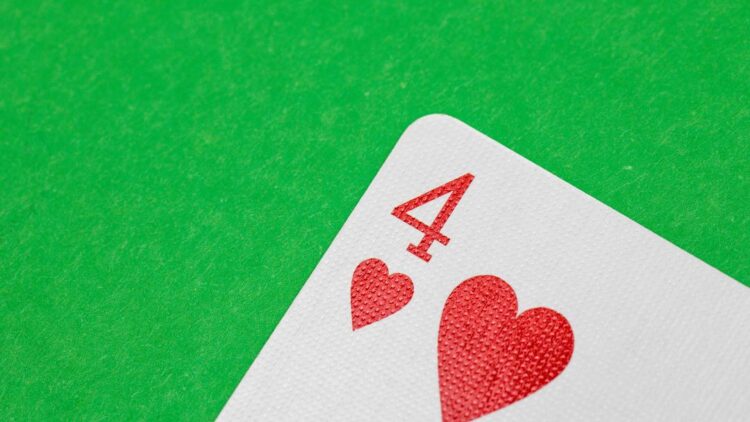
This might seem like a strange one, but it is just as vital as any of the other tips. For some reason, many players try to double down on two fours, even though they wouldn’t do it if they had any other value of eight, such as a three and a five. You should always hit with a pair of fours unless the dealer is showing a five or a six. In this case, split if the rules allow you to double down after a split. If not, then hit.
9. INSURANCE?
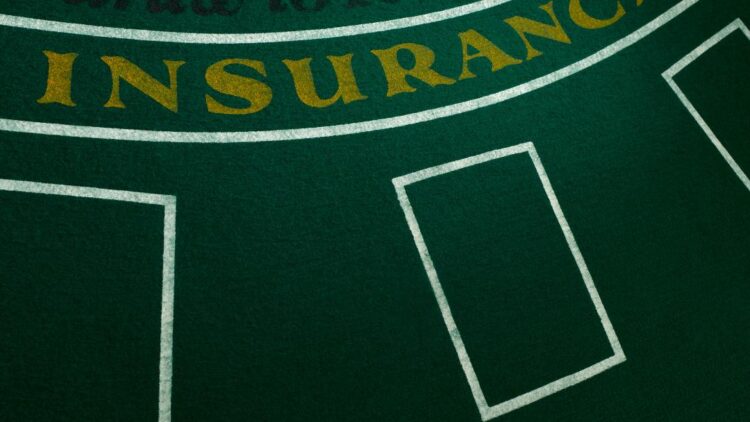
This feels like a rule that can often get lost in all the commotion of blackjack, but how can it help you win? The side bet starts when the dealer gets an ace. With this, you can wager that the dealer will get blackjack. Usually, the amount is half your original bet, and it pays out 2 to 1. Over a long period, it wouldn’t be advised to use this side bet continuously. However, it can be a convenient way to win in a trying situation.
10. AVOID SIDE BETS
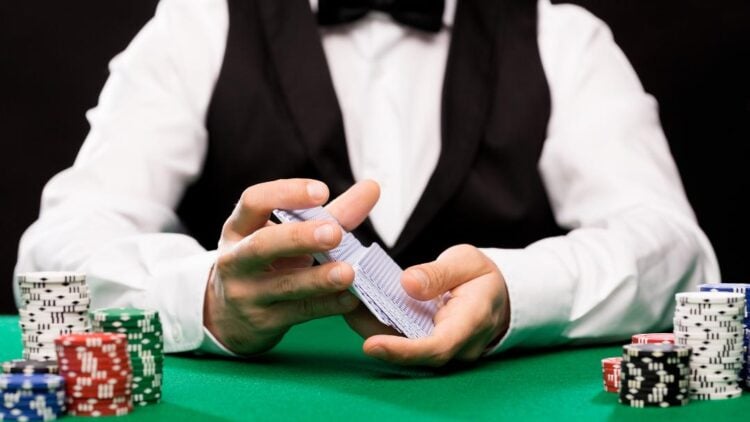
Side bets are something that are allowed in some games. They let you place bets on certain outcomes of the game. Technically, insurance is one of these, which is why we don’t advise you to use it too much. These are almost always a bad idea. They keep you playing longer and give you more opportunities to lose money during the game. Avoid them if you can.
11. 17’S STRATEGY
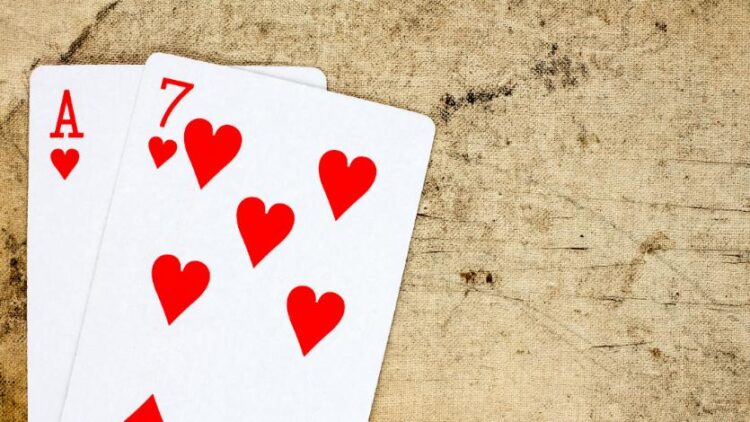
This tip is about 17s. If you have a soft 17 or a value of 17 with an Ace, then we recommend doubling down, especially if the dealer’s upcard is between three and six. Otherwise, you can hit. Alternatively, if you have a hard 17 or a value of 17 without an ace, always stand, no matter what the dealer is showing.
12. START SMALL

We mean, start small with your bets. It can be tempting to go for the high-stakes blackjack tables because the payouts are much higher. However, the players at these tables are usually experts and high rollers. It is better when you are just starting out, to stick to the lower stakes tables. This lets your money go further and gets you more practice.
13. PRACTICE
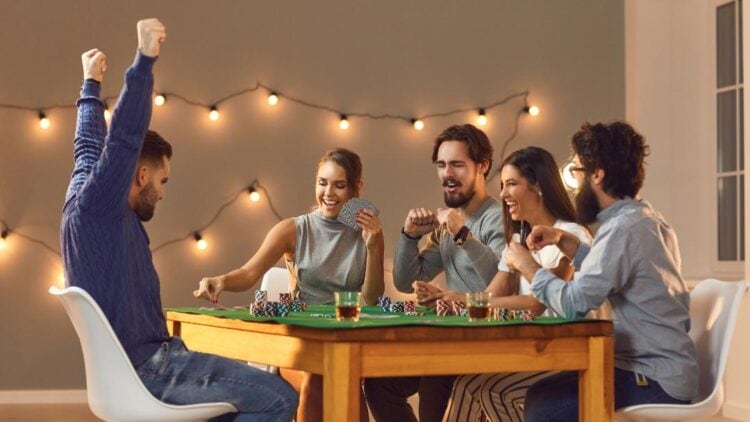
This is a good segue to this strategy. Practice, practice, practice! As they say practice makes perfect. You want to practice as much as you can, especially before you start playing for real money. You can play blackjack with friends during game nights, or you can find online games that let you play with virtual money.
14. LEARN TO COUNT CARDS
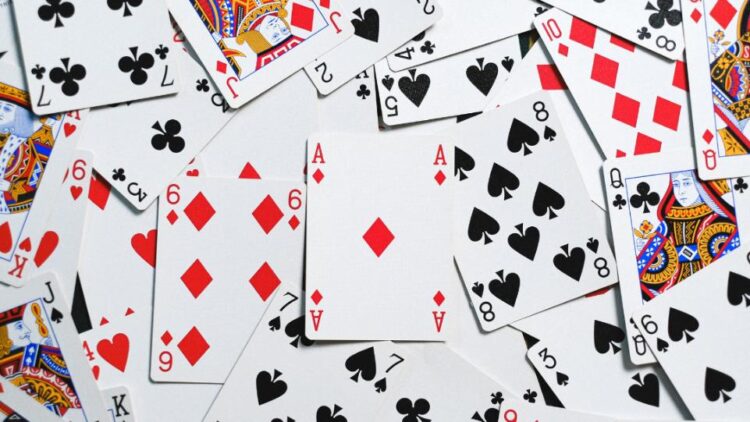
You’ve probably seen this in films like Rain Man and think it’s impossible. Well, it’s not. It is quite difficult to do, but with some practice, you can teach yourself to do it. This blackjack strategy is technically not against the rules, but it is frowned upon in some casinos. You basically assign a value to each card of zero, plus one or minus one. The tricky part is that you have to keep track of not only your own cards but of every player’s, too!
15. PLAY CALMLY AND CLEAR-HEADED

This is especially important when you start playing in casinos for real money. Many casinos offer free booze while you’re playing. Having too many drinks can hinder your judgment and make your gameplay sloppy. This also means keeping a calm mind. Don’t let other players or the frustrations of losing a hand get to you. Take a breath and collect yourself so you can play a calm, strategized game.
16. NEVER GO ALL IN
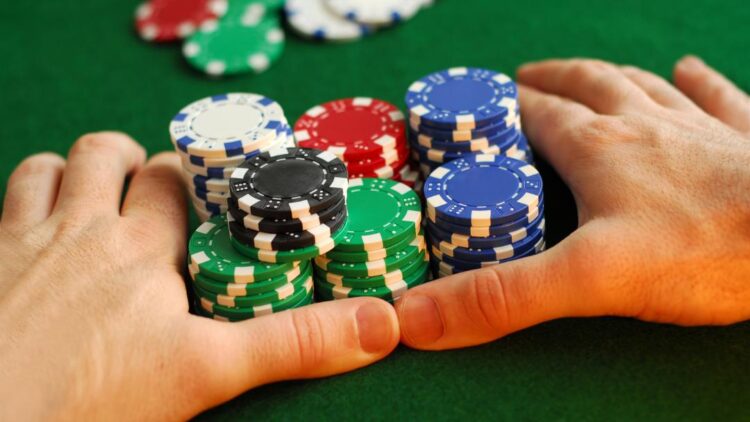
You should always leave a bit of money to double down and split. If you go all in too early and are left with nothing to increase your winnings, it can hurt your chances of winning big.
17. PLAY RESPONSIBLY
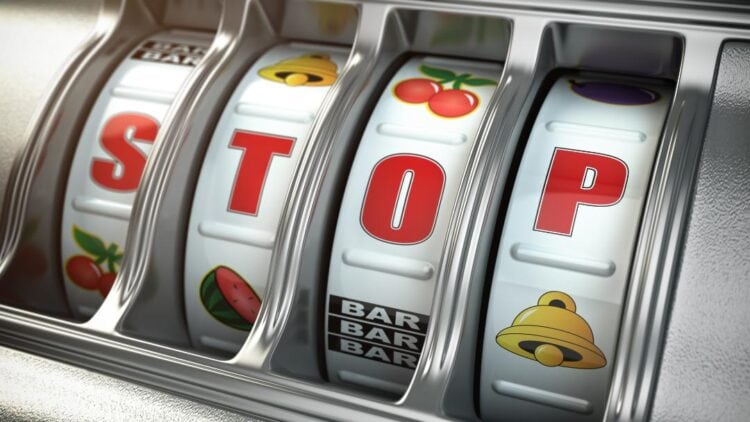
This is always the most important rule of any gambling game. Play responsibly! This means sticking to a budget, taking breaks frequently, and limiting alcohol intake.
MULTI-DECK BLACKJACK STRATEGY
Blackjack is an amazing game, and once you understand the basic strategy, you can be a much better player than most. However, you must remember that some games involve multiple decks. Here are a few charts you can use to help you with multi-deck games.
| PLAYER’S HAND | ACTIONS BASED ON DEALER’S UPCARD |
|---|---|
| 8 | HIT EVERYTHING. |
| 9 | DOUBLE 3-6; HIT EVERYTHING ELSE |
| 10 | DOUBLE 2-9; HIT 10 AND ACE |
| 11 | DOUBLE 2-10; HIT ACE |
| 12 | HIT 2, 3, 7-ACE; STAND 4, 5, 6 |
| 13 | STAND 2-6; HIT EVERYTHING ELSE |
| 14 | STAND 2-6; HIT EVERYTHING ELSE |
| 15 | STAND 2-6; HIT EVERYTHING ELSE |
| 16 | STAND 2-6; HIT EVERYTHING ELSE |
| 17, 18, 19, 20, 21 | ALWAYS STAND |
| PLAYER’S SOFT HAND | ACTIONS BASED ON DEALER’S UPCARD |
|---|---|
| A:2 | DOUBLE 5 AND 6; HIT EVERYTHING ELSE |
| A:3 | DOUBLE 5 AND 6; HIT EVERYTHING ELSE |
| A:4 | DOUBLE 4, 5, 6; HIT EVERYTHING ELSE |
| A:5 | DOUBLE 4, 5, 6; HIT EVERYTHING ELSE |
| A:6 | DOUBLE 3-6; STAND 2, 7, 8, ACE; HIT 9 AND 10 |
| A:7 | STAND 2-6; HIT EVERYTHING ELSE |
| A:8, A:9 | STAND ON EVERYTHING |
| PLAYER’S PAIR | ACTIONS BASED ON DEALER’S UPCARD |
|---|---|
| A, A | ALWAYS SPLIT |
| 2, 2 | SPLIT 2-7; HIT EVERYTHING ELSE |
| 3, 3 | SPLIT 2-7; HIT EVERYTHING ELSE |
| 4, 4 | SPLIT 5 AND 6′ HIT EVERYTHING ELSE |
| 5, 5 | DOUBLE 2-9; HIT EVERYTHING ELSE |
| 6, 6 | SPLIT 2-6; HIT EVERYTHING ELSE |
| 7, 7 | SPLIT 2-7; HIT EVERYTHING ELSE |
| 8, 8 | ALWAYS SPLIT |
| 9, 9 | SPLIT 2-6, 8, 9; STAND 7, 10, ACE |
| 10, 10 | ALWAYS STAND |
Blackjack is an extremely fun game, especially once you have understood the basic strategies. Get yourself a table and start practicing with your friends and implementing the strategies above. If Blackjack isn’t your thing, you can check out Let It Ride Poker, Three Card Poker, and Baccarat! Otherwise, check out our Best solo board games if you need a break from Blackjack practice.
FAQ
Should You Stay on a 16 in Blackjack?
Following basic blackjack strategy, if you get 16 in Blackjack, you want to hit if it is a hard 16 when the dealer’s card showing is a seven, eight, nine, 10, or face card.
Is It Illegal to Count Cards in Blackjack?
Counting cards is not illegal. However, most casinos look down on it and will not like you doing so.
What Is Insurance in Blackjack?
In Blackjack, insurance is a side bet that players can take if the dealer’s card showing is an Ace. It lets you take back half your original bet if the dealer hits blackjack. Although, it is not recommended to take any side bets in basic blackjack strategy.
- 7 MOST POPULAR CASINO GAMES - July 25, 2023
- Blackjack vs Poker: Differences Explained - March 20, 2023
- How to Deal in Texas Hold’em - February 15, 2023